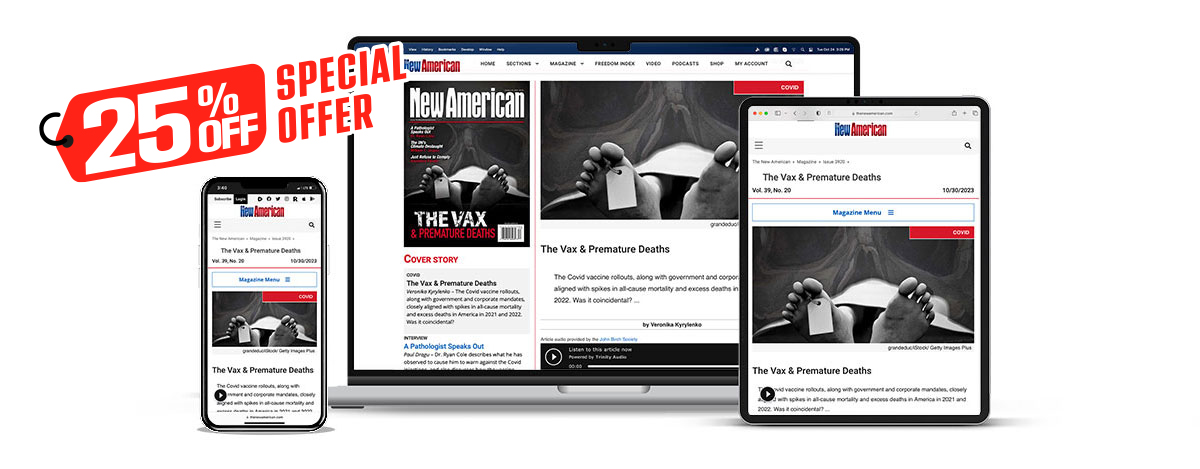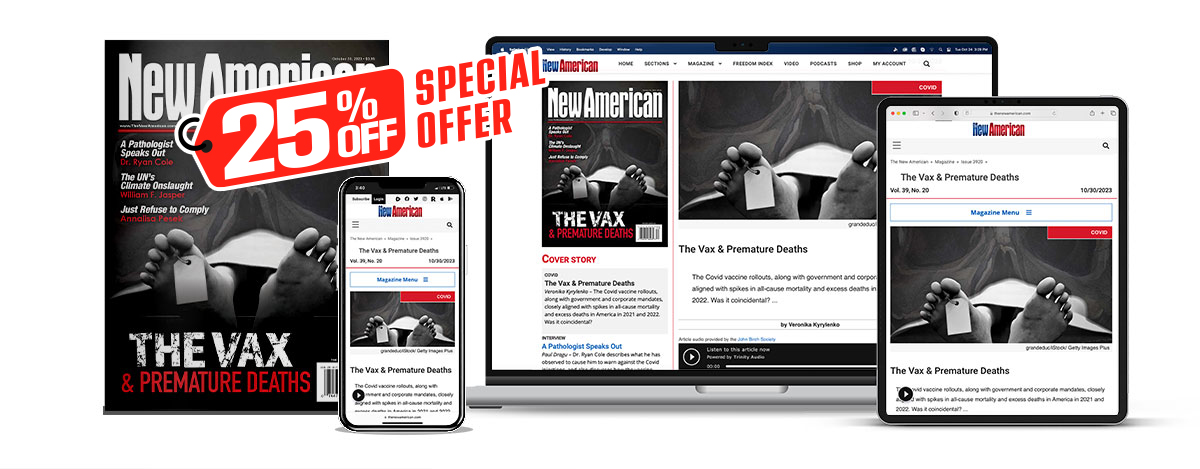Correction, Please!
The group, which consists of at least 10 teachers unions, the Democratic Socialists of America, and the racial activist group Journey for Justice Alliance, argues that “the government must go much further to provide the resources to ensure a safe and equitable school reopening and must provide for our communities and working families through transformational Common Good demands.”
Among the numerous demands the group lists on its website are “police-free schools,” a “moratorium on new charter or voucher programs and standardized testing,” reduced class sizes, the “canceling [of]\rents and mortgages,” a “moratorium on evictions/foreclosures,” and “direct cash assistance to those not able to work or who are unemployed.”
The group is also calling for a “massive infusion of federal money to support the reopening funded by taxing billionaires and Wall Street.”
No sensible folks want to ignore safety. But resources are finite — even if teachers’ unions pretend otherwise: In order to reopen government-run schools, the AFT has been demanding up to $116 billion. Corey DeAngelis, the director of school choice at Reason Foundation, observes that is “about twice the total amount the federal government allocated towards K-12 education in the most recent school year. It’s also close to the amount the U.S. dedicated to the Marshall Plan to rebuild Europe after World War II.” The AFT is not the only player making inordinate ultimatums. Earlier this year, for example, there was an agreement made between United Teachers Los Angeles and the city of Los Angeles. As recounted by Frederick Hess, the arrangementcreated heavy restrictions around virtual learning — including provisions stating that teachers could not be required to provide live remote instruction or even to work during the school day. In Brevard County, Florida, the union and district agreed to a memorandum of agreement (MOU) that capped teachers’ instructional time at three hours per day. In Boston, the union-district MOU imposed a two-hour limit on synchronous (live) instruction.
Elsewhere, as noted by Hess — the director of Education Policy Studies at the American Enterprise Institute — union affiliates rejectedthe idea of reopening schools early, urged schools to slow down academic work, refused to consider proposals for the early retirement of COVID-susceptible, and (in an ironic twist) demanded childcare for teachers who can’t work remotely. In short, they aren’t showing a lot of evidence that their first priority is finding a way to get kids safely back to school.
Meanwhile, activists have been showing off their thoughtful deportment — including displaying signs such as the one seen at a Milwaukee demonstration: “I can’t teach dead kids!” Or this one: “Your Multiplication is NOT worth MY LIFE!” Never mind that Robert Redfield, the director of the Centers for Disease Control and Prevention, has explained that the COVID-19 mortality risk for school-aged children is “one in a million.” “Opening schools,” maintains Redfield, “will be good for the health of our children because so many depend on schools for mental health & nutrition services.” He argues that the risk to children is “far greater by not being in face-to-face education.” Meanwhile, the president of the American Academy of Pediatrics (AAP) has recommended that children be “physically present in school,” pointing to potential harms of (among others) social isolation, growing child abuse, depression, and increasing untreated learning deficits. In the view of the AAP, “All policy considerations for the coming school year should start with a goal of having students physically present in school.” While much of the recent public discussion about reopening has centered on public schools, another major concern of the monopoly-minded teachers’ unions is homeschooling. Once the pandemic ends, as David Henderson has written (Wall Street Journal, July 30), many parents will want to continue educating their children at home. Henderson, a research fellow at Stanford’s Hoover Institution, pointed to a poll that found that 40.8 percent of parents said they weremore likely than before the pandemic to enroll their child in “a home school, a neighborhood home-school co-op, or a virtual school” once the lockdowns ended. There are now about 56 million children in K-12 schools. Before the pandemic, an estimated two million children were home-schooled....
Even many who don’t home-school will push for an expansion of charter schools, which tend to be responsive to parents and can more easily fire poor teachers. The advantage for taxpayers is that charter schools cost, on average, thousands of dollars less than traditional public schools.
Private schools have also been affected, including some being caught in the cross-fire during the reopening squabbling. In Maryland’s Montgomery County, right outside Washington, D.C., the county’s health officer was just forced to abandon his determined attempt to prevent private schools from holding in-person classes. He issued his initial remote order despite the fact that many of the private and parochial schools had spent considerable money and effort for protective alterations in schools; the county did not even deign to look at what had been done. (The county’s public schools are opening with online classes only for at least the first semester, as is the case with most in Maryland.) The pushback by a Republican governor (not a conservative), as well as a threatened lawsuit by parents, forced the left-wing county to retreat. As matters stand, private and religious schools in the county, along with parents, will be allowed to decide for themselves about schooling in the fall. It is an open secret in Montgomery County (where this writer resides) that the attempt to keep the private and parochial schools closed was driven, in part, by the fear of the teachers’ union that the public schools would (again) be shown up. In the meantime, the coronavirus deaths and cases in the county (as well as in Maryland as a whole) have been dropping. Facts didn’t deter the county’s health officer (that is, until he was outflanked). James Bovard is on target with his comments (for the American Institute for Economic Research):What does it require to justify boundless power in a county of a million people? A COVID positive rate of 0.000008%. Surprise — the dictatorship will last forever — or at least until the Democratic political machine that runs the county decides it can profit from loosening the tourniquet it imposed that helped destroy more than 50,000 jobs and countless small businesses.
Yet, ham-handed progressives who usually swear they follow only “science” and “data” look the other way when the facts don’t fit their political narrative. Indeed, Dr. Scott Atlas, senior fellow at the Hoover Institution and former chief of neurology at Stanford University Medical Center, commented earlier this summer that he was astonished at the “ludicrous” level of “hysteria” among Democrats who were seeking to keep the public schools closed. As Atlas put it in televised remarks: “I’m not sure how many times it has to be said, but the risk of children from this disease and the fatality [rate] is nearly zero. The risk of children for a significant illness is far less than from the seasonal flu.” Yes, it does make sense to protect more vulnerable older teachers — perhaps by having them doing some remote instruction. But don’t overreact. Consider, as Dr. Atlas recently explained to the Washington Times, that the “majority of teachers are not high risk: 92% are under 60, and half are under 41.... This is a young profession.” Avik Roy, president of the Foundation for Research on Equal Opportunity, lays out some related statistics. As he has written, while the harmcaused by school closures is obvious, the risk to children of severe Covid-19 illness or death is very low.... As of July 29, only 28 Americans ages 1-15 have died of the coronavirus, according to the Centers for Disease Control and Prevention.
Though 28 is not zero, it is a number worth putting in context. For example, in 2016, 190 children ages 1-14 died of influenza or pneumonia, 625 died of homicide, 1,257 died of cancer and 2,895 died of unintentional injuries like car accidents, according to the National Center for Health Statistics.
If zero risk is the goal, where is the campaign to ban car travel? Answer: There is no political gain in that. Parents and students need flexibility and the freedom to choose what is best. It’s past time to stop making spurious government-mandated cures worse than the contagion.Photo credit: AP Images
JBS Member?
Sign in with your ShopJBS.org account.
 Subscribe Now
Subscribe Now
- 12 Issues Per Year
- Digital Edition Access
- Digital Insider Report
- Exclusive Subscriber Content
- Audio provided for all articles
- Unlimited access to past issues
- Cancel anytime.
- Renews automatically
 Subscribe Now
Subscribe Now
- 12 Issues Per Year
- Print edition delivery (USA)
*Available Outside USA - Digital Edition Access
- Digital Insider Report
- Exclusive Subscriber Content
- Audio provided for all articles
- Unlimited access to past issues
- Cancel anytime.
- Renews automatically


